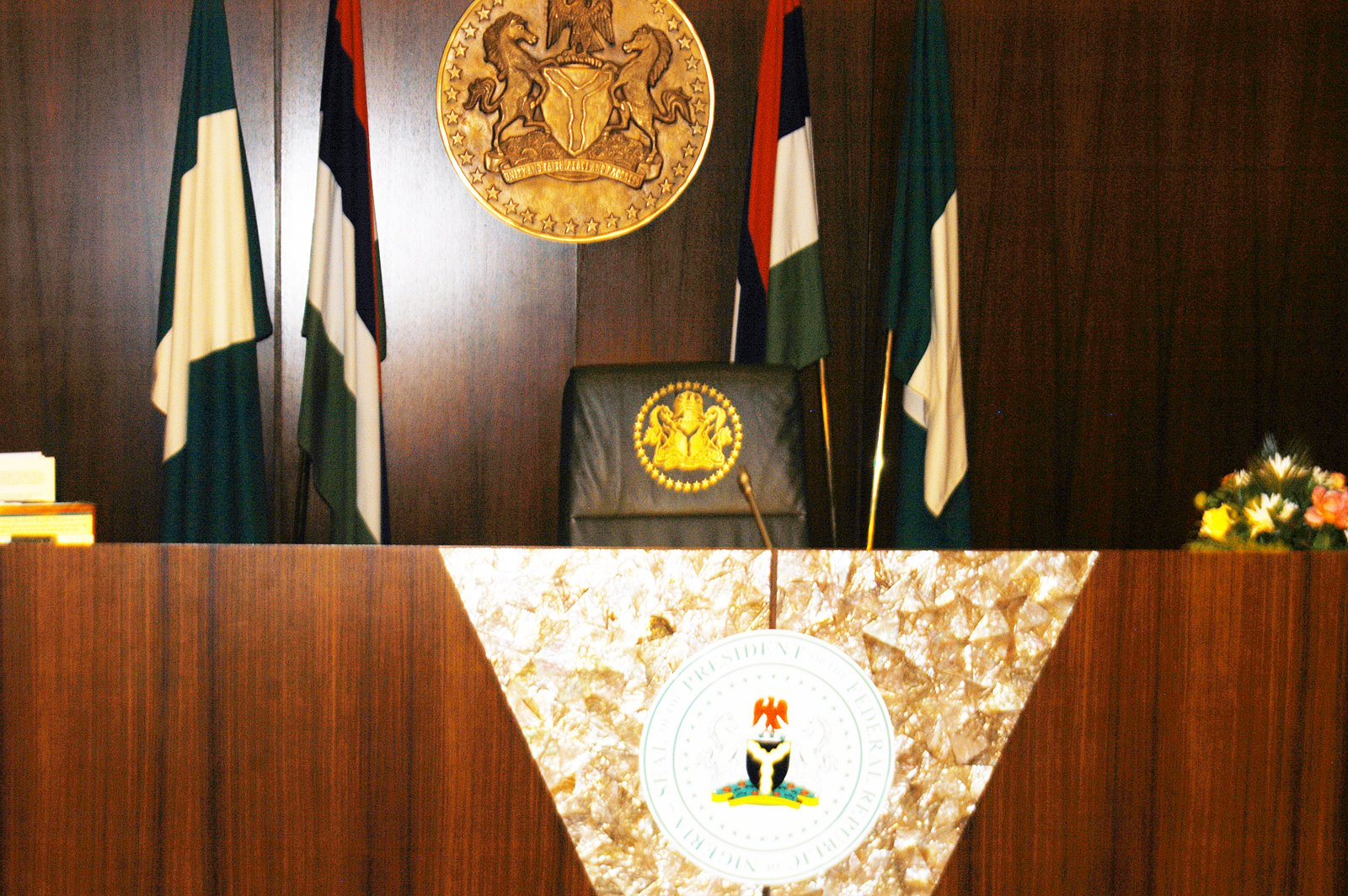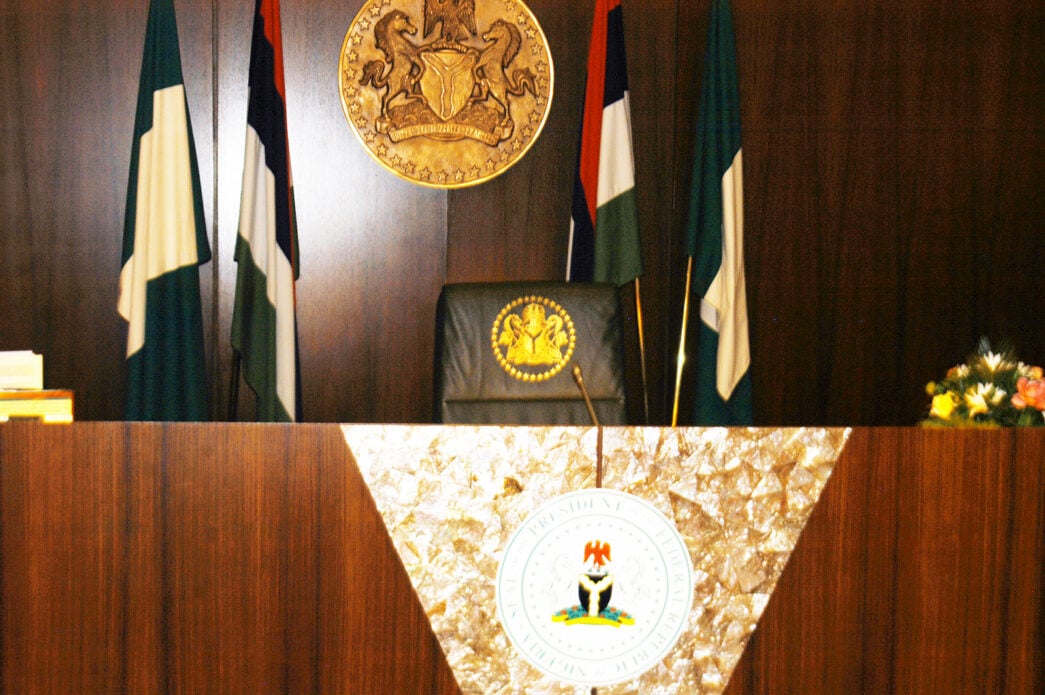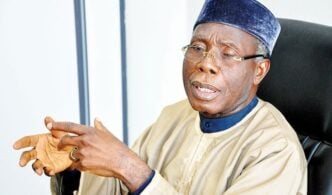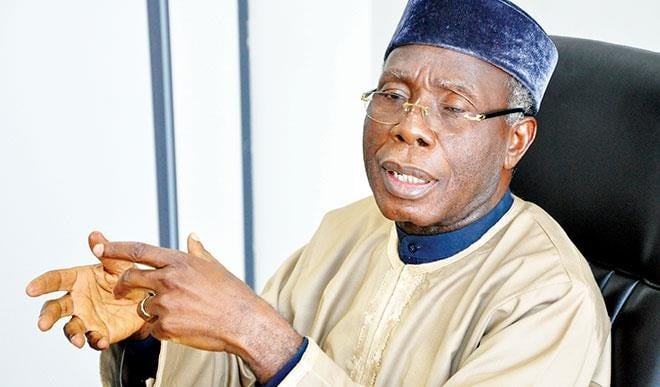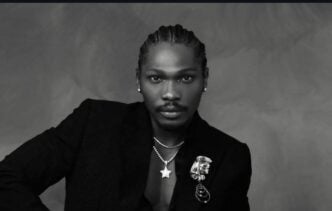The seat of the president was vacant as President Yar'Adua did not transfer power to the vice-president after flying to Saudi Arabia to attend to his failing health
Vice-President Goodluck Jonathan refused to assume presidential powers in November 2009 after President Umaru Musa Yar’Adua travelled out for medical treatment without officially transferring power to him.
For months, there was a power vacuum, leading to fears that the country was rudderless and there might be a military coup.
However, the national assembly invoked the Doctrine of Necessity on February 9, 2010 to proclaim Jonathan the acting president.
Nigerians were surprised to see Jonathan sit on Yar’Adua’s seat the following day during the weekly Federal Executive Council (FEC) meeting.
Advertisement
He had, until then, presided over FEC from the vice-president’s seat in the Council Chambers.Femi Otedola, billionaire business who was a close ally of Jonathan, previously narrated in part the story behind the acting president’s decision to take the bold step of sitting on the empty seat.
Otedola has now narrated the intrigues in full in his upcoming book, ‘Making It Big: Lessons from A Life in Business’, published by FO Books and slated for release on Monday, August 18, 2025.
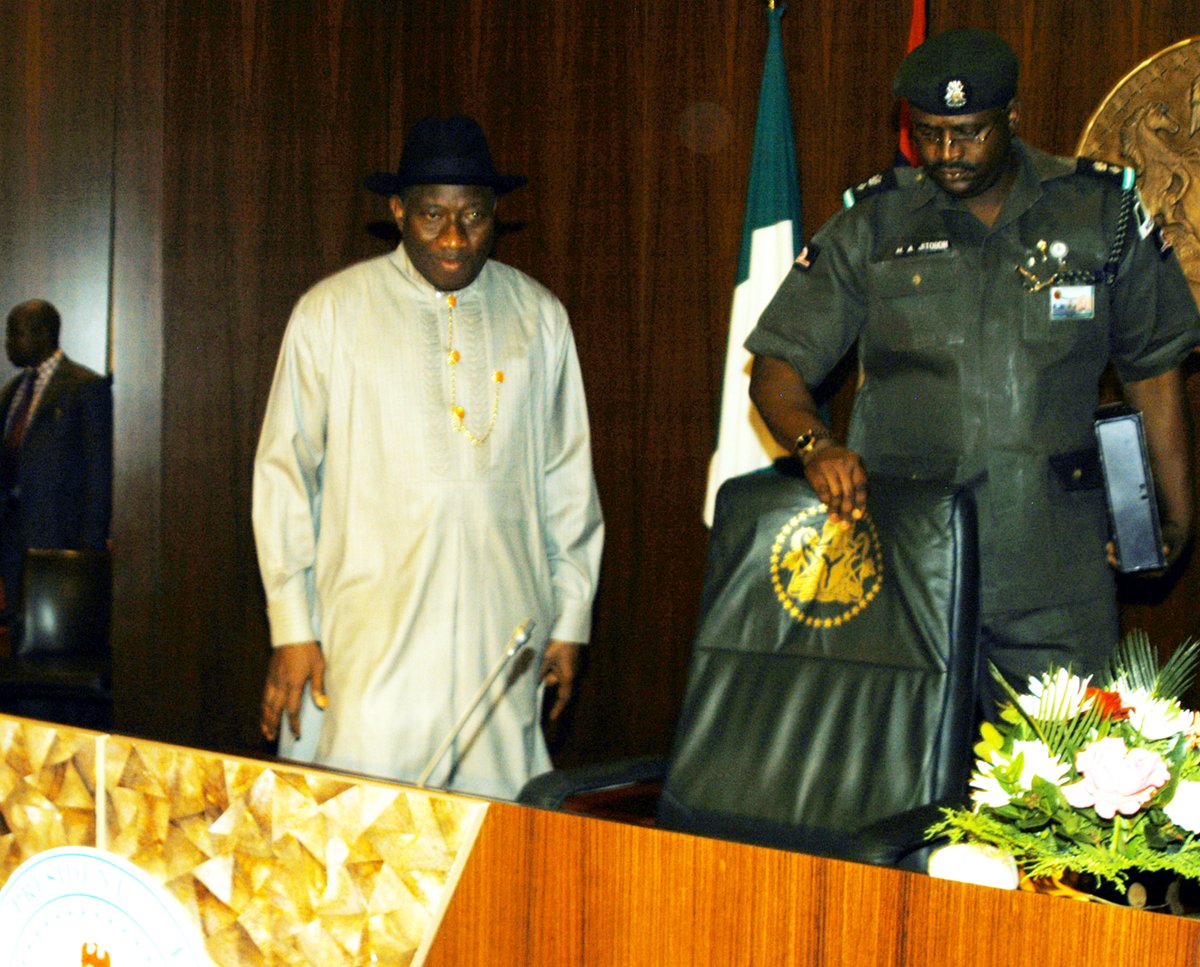
Read the excerpts of the book below, as shared with TheCable.
Advertisement
Many vital decisions could not be made as Jonathan declined to perform these presidential functions. He said his lawyers had advised him that carrying out official presidential duties without due authorization was an impeachable offence. Nigeria was, in a very real sense, hanging by a thread.
“Worried by the tension and uncertainty, I decided to do something myself. In early February 2010, the businesswoman, Hajia Bola Shagaya, and I went to the city of Minna, in Niger State, to join General Ibrahim Babangida in mourning the death of his wife, Maryam, who’d passed away at age 61. At his hilltop residence, we talked about a wide range of issues, but I said I needed to discuss a particularly urgent matter. He took me to his study, where the two of us were alone. I confessed that I was becoming increasingly agitated over the state of the nation.
“Your excellency,” I said, “how can we get out of this logjam? The political heat is too much.”
Calm and resolute, he replied. “Femi, advise your friend that when he gets to the Council Chambers next week for the Federal Executive Council meeting, he should go and sit on Yar’Adua’s chair.” He was referring to Vice President Jonathan and the leadership crisis. I found this fascinating and assured him I would pass the message along. I travelled back to Abuja that evening and went straight to a dinner with Dr Jonathan, where I wasted no time in delivering General Babangida’s message.
Advertisement
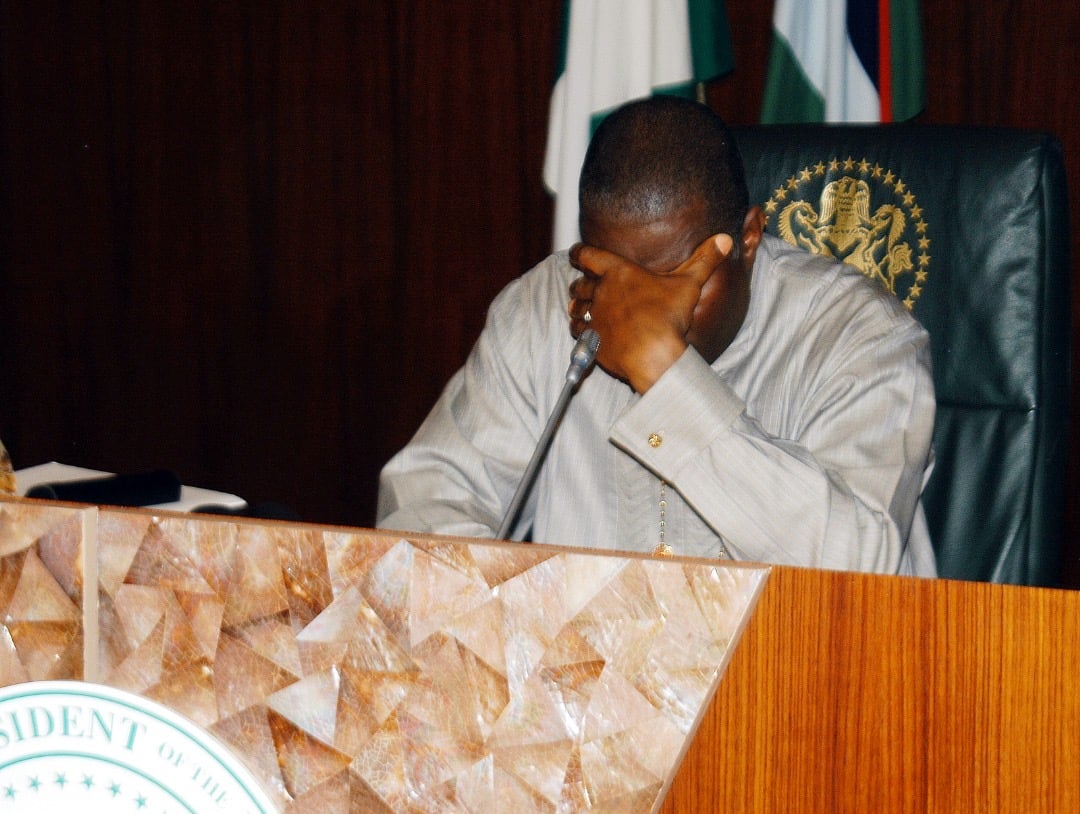
Jonathan nodded and asked me: “What do you think?”
“Your excellency,” I said, “go and sit on that chair.”
He looked at me for some time and said that he’d think about it.
The following week, on Tuesday 9 February, the National Assembly adopted the famous ‘Doctrine of Necessity’ to make Dr Jonathan the Acting President, pending the return of Yar’Adua from his medical leave.
Behind-the-scenes moves by prominent Nigerians preceded this decision.
Advertisement
The legislative resolution was unprecedented, but the nation had been so tense, and the fault lines so stoked, that an unusual solution was needed to address the situation.
With Jonathan now legally empowered to act as Nigeria’s President, there remained the critical optics: would he visibly stand in for Yar’Adua, with confidence and an air of authority? Or would he attempt to maintain a subdued demeanour? The Federal Executive Council was meeting on the following day.
Advertisement
At that session, as Jonathan entered the council chambers, the protocol officer pulled out the VP’s chair for him, but the acting president marched past it. He proceeded to the seat reserved for the president and sat down. That was the moment he took power in earnest. Through that act, he sent a strong signal to the nation that he was now in charge.
Advertisement
